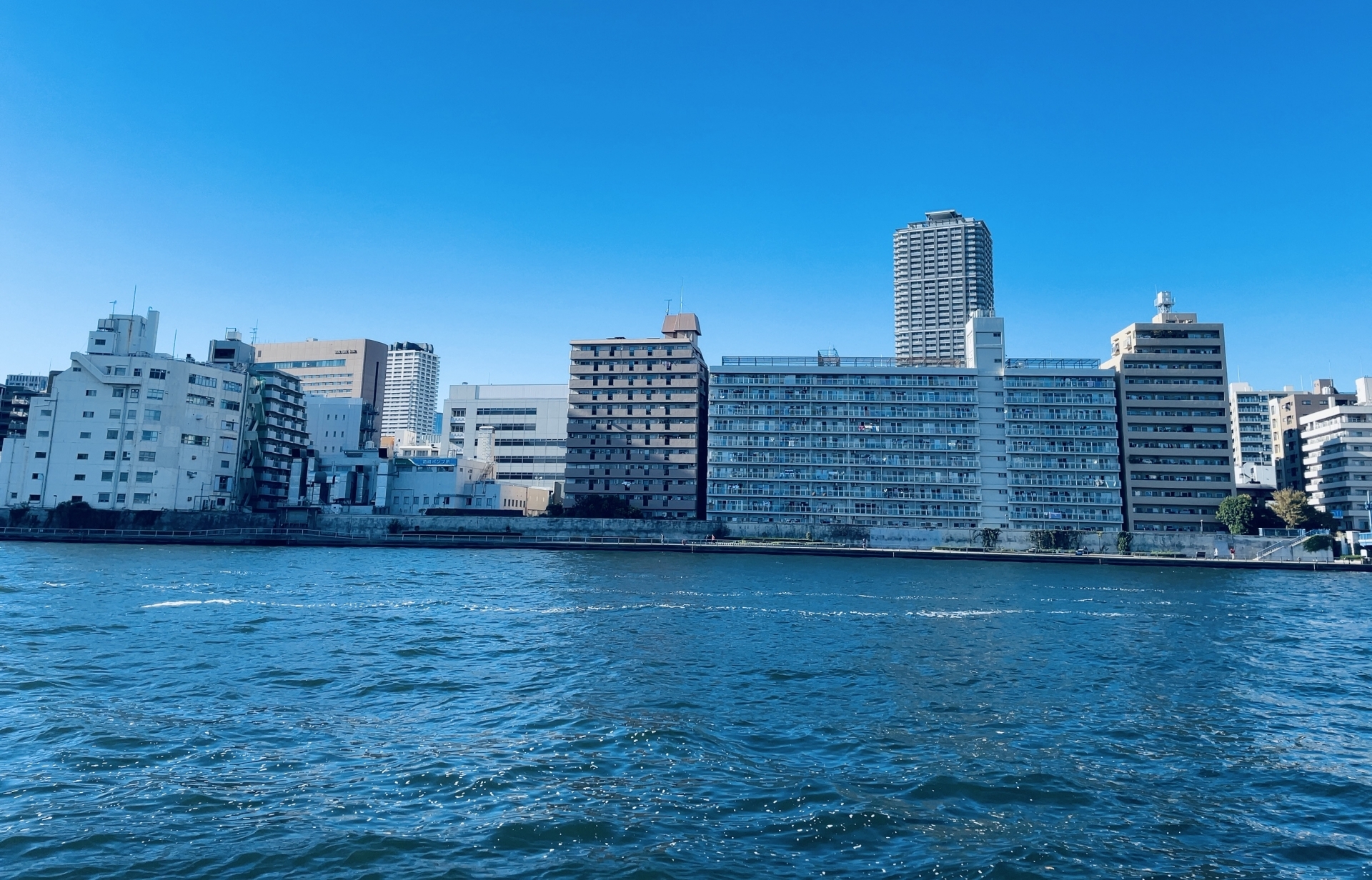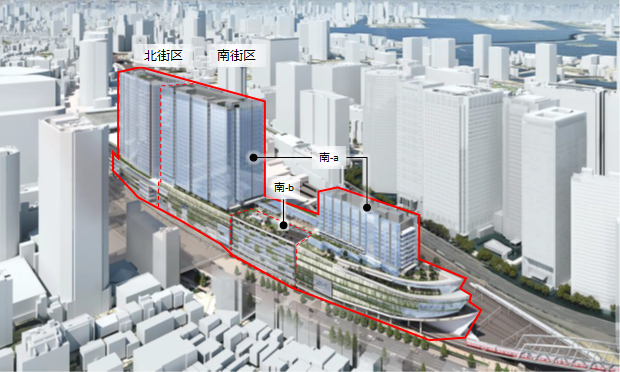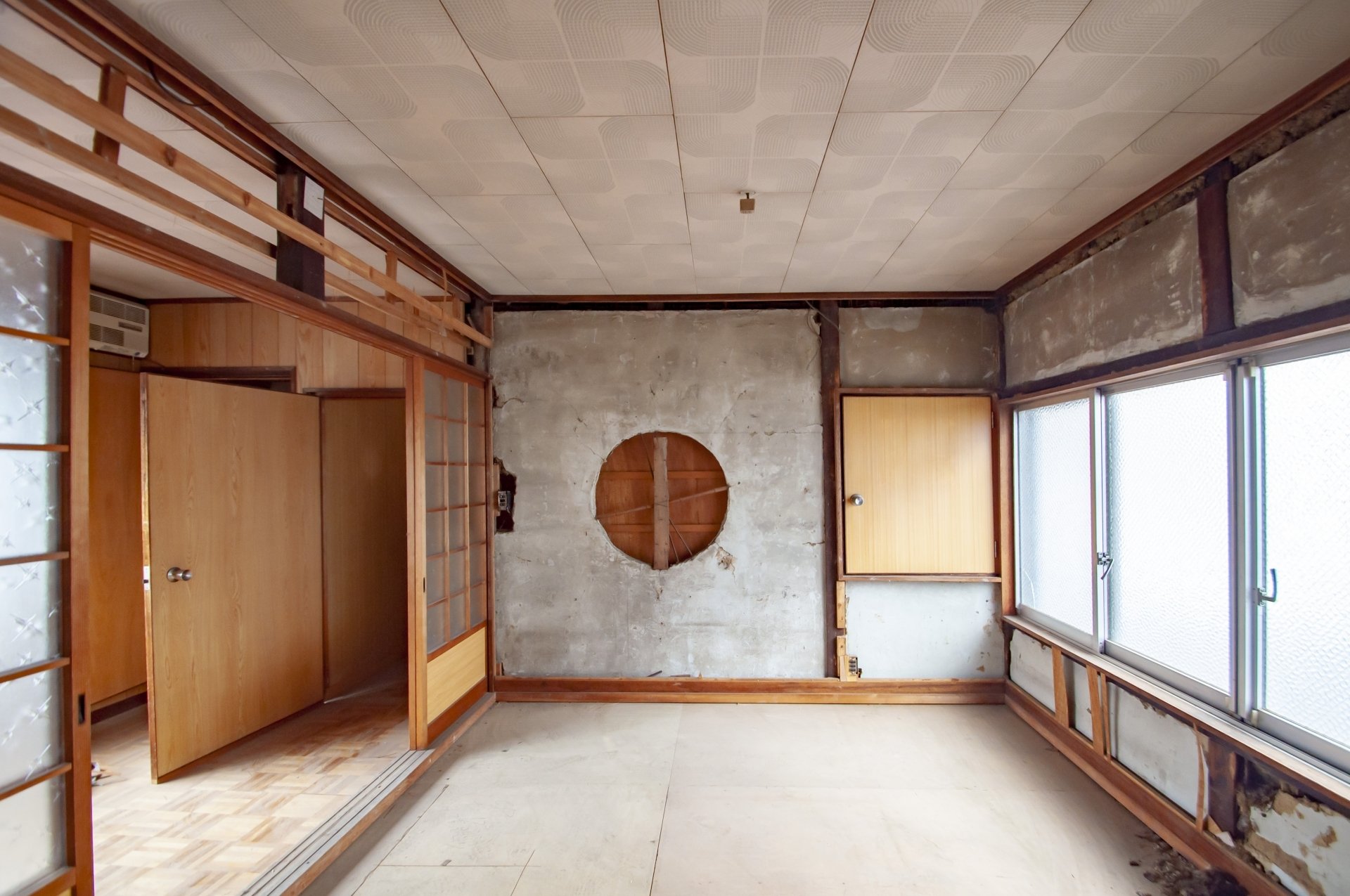Buying a home is one of life's most important decisions. For many people, the choice of a mortgage loan is an important factor that will have a significant impact on their future life planning.
Choosing a mortgage loan should not be based solely on high or low interest rates. It is necessary to comprehensively consider various factors such as your life plan, income stability, and your view on future interest rate trends. We hope that this article will help you make an important decision when selecting a mortgage loan.
Basic Overview of Flat 35
What is Flat 35?
Flat 35 is a fixed-rate mortgage loan for the full term of up to 35 years, provided in partnership with the Japan Housing Finance Agency (JHF) and more than 300 private financial institutions nationwide. The main feature of this product is that the interest rate and monthly repayment amount until the end of repayment are fixed at the time of borrowing.
The "35" in the name "Flat 35" indicates the maximum loan term of 35 years. However, the actual loan term can be set between 15 and 35 years, and can be adjusted according to the applicant's age and wishes.
Role of JHF
An important factor in understanding Flat 35 is the existence of theJapan Housing Finance Agency (JHF). JHF is an independent administrative agency under the jurisdiction of the Ministry of Land, Infrastructure, Transport and Tourism and the Ministry of Finance, and was established for the purpose of assisting people to acquire homes.
JHF raises long-term funds by purchasing Flat 35 mortgages financed by private financial institutions and issuing bonds (JHF RMBS) secured by the loans. This mechanism enables private financial institutions to provide stable long-term fixed-rate mortgages.
Meaning of fixed interest rate for the entire term
Fixed interest rate refers to an interest rate type in which the interest rate does not fluctuate during the loan period. In the case of Flat 35, the interest rate set at the time of borrowing continues until the loan is fully repaid, thereby avoiding the risk of future interest rate rises.
This is a feature that differs significantly from variable-rate mortgages. Floating-rate mortgages have the risk of an increase in the repayment burden when interest rates rise, as the applicable interest rate is reviewed according to changes in market interest rates. On the other hand, Flat 35 has the advantage that the repayment plan is fixed at the time of borrowing, making it easier to manage household finances over the long term.
Flat 35 Interest Rates and Latest Trends
Latest interest rate information as of June 2025
As of June 2025,interest rates forFlat 35 are as follows. It is necessary to accurately grasp the latest interest rate trends as an important factor in making a decision when considering a mortgage loan.
| Borrowing Period | Interest Rate Range | Mode Interest Rate | Month-over-Month |
| 15-20 years | 1.500% to 3.620% per year | 1.500% per year | 1.500% - 3.620% per year |
| 21 to 35 years | 1.890% - 4.010% per year | 1.890% per year | +0.07% (with new KOKEN credit line) |
Flat 35 interest rates for June 2025 show an upward trend compared to the previous month. Especially for the 21-35 year loan term, the most frequent rate increased by 0.07% from the previous month to 1.890% per annum. This increase reflects trends in long-term interest rates and changes in market conditions.
Interest Rate Difference by Financing Rate
In Flat 35, the applicable interest rate differs depending on the loan-to-value ratio (the ratio of the amount borrowed to the price of the house). If the loan-to-value ratio exceeds 90%, an additional interest rate is added.
| Loan rate | Interest rate range for loan period of 21-35 years | Mode of interest rate |
| 90% or less | 1.890% to 4.010% per year | 1.890% per year |
| Over 90 | 2.000% to 4.120% per year | 2.000% per year |
This difference in interest rates has a significant impact on the repayment burden, depending on how much down payment is prepared. Preparing a down payment of at least 10% of the home price whenever possible will enable you to borrow at a more favorable interest rate.
Comparison of interest rates with other mortgage loans
In order to properly evaluate the interest rate level of Flat 35, it is important to compare it with other mortgage products.
| Loan Type | Interest Rate Type | Typical Interest Rate Level | Characteristics |
| Flat 35 | Fixed for the entire term | 1.890% per year | No interest rate fluctuation risk |
| Megabank Floating Rate | Floating | 0.345% to 0.475% per year | With interest rate risk |
| Net Bank Floating Rate | Floating | 0.298% to 0.380% per year | With risk of interest rate rise |
| 10-year fixed interest rate | Initially fixed | 1.200% to 1.500% per year | Floating after the fixed period |
As can be seen from this comparison chart, the interest rate for Flat 35 is high compared to variable interest rates. However, the security of having a fixed interest rate for the entire term is a major advantage not found with variable interest rates.
Background of Interest Rate Trends and Future Outlook
Flat 35 interest rates are determined based on the yield on 10-year government bonds, and the rise in interest rates since the beginning of 2025 has been influenced by expectations for the normalization of the Bank of Japan's monetary policy and global inflationary pressures.
What is important for homebuyers is not only the current level of interest rates, but also how they consider the risk of future interest rate fluctuations. If you want to avoid the risk of interest rate rises, a fixed interest rate for the entire term such as Flat 35 is suitable, while a variable interest rate is an option if you want to reduce your repayment burden in the immediate future.
Flat 35 Screening Criteria and Terms of Use
Criteria for Applicants
Age Requirements
Nationality Requirements
Criteria related to income
| Annual income | Maximum Repayment Burden Ratio |
| Less than 4 million yen | Less than 30 |
| More than 4 million yen | 35% or less |
No limitation on years of service
Borrowing Requirements
Borrowing Amount
Borrowing Period
The loan period can be set between 15 and 35 years. However, if the applicant or co-borrower is 60 years of age or older, the loan period can be set for 10 years or longer.
Technical Standards for Housing
Main Technical Standards
1.Housing size
- Standards for deterioration countermeasures
Property Inspection
Examination Flow and Period
The Flat 35 examination proceeds as follows
Although the screening period varies depending on the financial institution and the time of application, it is appropriate to expect one to one and a half months from pre-screening to loan execution.
Merits and demerits of Flat 35
Major advantages of Flat 35
(1) Peace of mind due to fixed interest rates for the entire term
The biggestadvantage ofFlat 35 is that the interest rate and repayment amount until full repayment are fixed at the time of borrowing. This completely avoids the risk of future interest rate rises.
For example, if you borrow 30 million yen over 35 years, a 1% increase in interest rates would increase your monthly repayments by approximately 20,000 yen and your total repayments by approximately 7 million yen. With Flat 35, such risks can be avoided at the time of borrowing. 2.
2. ease of repayment planning
The fixed monthly repayment amount makes it easier to manage household finances over the long term. It is easy to coordinate with other life plans, such as education and retirement planning, and to forecast future income and expenditures.
3. no guarantor or guarantee fee
Flat 35 does not require a guarantor or guarantee fee. While most private mortgages require several hundred thousand yen in guarantee fees to be paid to the guarantee company, Flat 35 does not incur these fees.
However, if you choose to join group credit life insurance (Danshin), the amount equivalent to the insurance premium is included in the interest rate. If you do not join group credit life insurance, the interest rate will be about 0.2% lower. 4.
Loan fees are relatively inexpensive.
Loan fees for Flat 35 are set at around 2.2% of the loan amount (including tax) at most financial institutions. Some financial institutions have adopted a flat-rate fee structure, and the fee is fixed regardless of the amount borrowed.
While similar fee structures are common for variable-rate mortgages, Flat 35 is characterized by its fixed interest rate for the entire term, and the fee burden is not excessively high. 5.
5. flexibility in screening criteria
Flat 35 has no minimum annual income or length of employment restrictions. In addition, self-employed persons, contract workers, and temporary employees are also eligible to apply. This reflects JHF's policy of providing a wide range of homeownership opportunities.
However, since the criteria for the repayment burden ratio are strictly applied, it is necessary to apply for a loan amount that is commensurate with one's income.
Major Disadvantages of Flat 35
1. higher interest rates compared to variable interest rates
The biggestdisadvantage ofFlat 35 is the higher interest rate level compared to variable interest rates: as of June 2025, the interest rate for Flat 35 is about 1.890% per year, while variable interest rates are about 0.3% to 0.5% per year.
Due to this difference in interest rates, the initial repayment burden will be heavier for Flat 35, and the difference in monthly repayments will be approximately 30,000 yen to 40,000 yen if 30 million yen is borrowed over 35 years.
2. disadvantages during the interest rate decline phase
The fixed interest rate for the entire term is an advantage when interest rates are rising, but a disadvantage when interest rates are falling. Even if market interest rates fall substantially, the interest rate for Flat 35 will not change.
3. interest rate increase when the down payment is insufficient
If the loan-to-value ratio exceeds 90%, the interest rate will be added by about 0.11%. It should be noted that if the down payment is not sufficient, the repayment burden will be even heavier.
Whenever possible, a down payment of at least 10% of the house price will lead to favorable borrowing terms. 4.
4. restrictions based on housing technical standards
In order to use Flat 35, the house must meet the technical standards of the Japan Housing Finance Agency (JHF). Especially in the case of an existing house, there is a possibility that it may not meet the standards depending on the age and structure of the house.
Another disadvantage is that you will have to pay tens of thousands of yen for a property inspection fee.
5. restrictions on early repayment
People for whom Flat 35 is suitable and people for whom Flat 35 is not suitable
People for whom Flat 35 is suitable
1.People who want to avoid the risk of interest rate hikes
-Havedifficulty in getting a private mortgage
-Concerned about the stability of their income
People for whom Flat 35 is not suitable
1.People who want to reduce the initial repayment burden
The best solution for choosing a mortgage depends on individual circumstances and values. It is important to make a decision based not only on the interest rate level, but also on comprehensive consideration of future life plans, interest rate views, and risk tolerance.
Flat 35S and Interest Rate Reduction Program
Overview of Flat 35S
Flat 35S is a system that reduces the borrowing rate of Flat 35 for a certain period when acquiring a high-quality residence with excellent energy efficiency and earthquake resistance. This system is designed to promote the formation of high-quality housing stock.
By using Flat 35S, you can borrow a mortgage loan with more favorable conditions than those of ordinary Flat 35, and can expect to reduce your repayment burden over the long term.
System Revision from April 2025 (Introduction of Point System)
How the Point System Works
| Total points | Interest rate reduction range | Interest Rate Reduction Period |
| 1 point | 0.25% per year | Initial 5 years |
| 2 points | 0.25% per year | Initial 10 years |
| 3 points | 0.50% per year | Initial 5 years |
| 4 points | 0.50% per year | Initial 10 years |
| 5 points | 1.00% per year | Initial 5 years |
Terms and Conditions for Granting Points
| Item | Conditions | Points |
| ZEH | ZEH, Nearly ZEH, ZEH Ready, ZEH Oriented | 1 point |
| Long-term excellent housing | Obtained certification as Excellent Long-term Residential | 1 point |
| Earthquake Resistance Grade | Acquisition of earthquake resistance grade 3 | 1 point |
| Energy-saving grade | Heat insulation performance grade 5 or higher and primary energy consumption grade 6 | 1 point |
| Item | Condition | Points |
| Child Rearing Support | Households with children under 18 years old or couples whose combined age is under 80 years old | 1 point |
| Regional Cooperation | Cooperative efforts between local governments and JHF | 0.25 point |
Flat 35 Child-Rearing Plus
Eligible households
Details of Interest Rate Reduction
| Number of children | Interest Rate Reduction Range | Interest Rate Reduction Period |
| 1 child | 0.25% per year | Initial 5 years |
| 2 borrowers | 0.50% per year | Initial 5 years |
| 3 or more | 1.00% per year | Initial 5 years |
Interest Rate Reduction for Acquisition of High-Quality Existing Houses
Eligible Houses
Details of Interest Rate Reduction
How to Use the Interest Rate Reduction Programs
Combination of multiple programs
Points to note when using the program
Simulation of Interest Rate Reduction Effect
| Details of Interest Rate Reduction | Normal interest rate | Interest rate after reduction | Monthly reduction effect | Total reduction effect |
| 0.25% for 5 years | 1.89% for 5 years | 1.64% (for 5 years) | Approx. 4,000 yen | Approx. 240,000 yen |
| 0.50% for 5 years | 1.89% 1.39 | 1.39% for 5 years | Approx. 8,000 yen | Approx. 480,000 yen |
| 1.00% for 5 years | 1.89% (5 years) | 0.89% for 5 years | Approx. 16,000 yen | Approx. 960,000 yen |
Conclusion
Key points of Flat 35
1.Peace of mind due to fixed interest rates for the entire term
-Performance Improvement by Flat 35S
-Preferential Treatment for HousingSupport Program for Households Raising Children
Important Decision Factors when Considering
The choice of a mortgage should not be based solely on high or low interest rates. It is important to comprehensively consider the following factors
- Life Plan: What are your plans for education and retirement?
Next Action Steps
If you are considering using Flat 35, we recommend that you proceed with the following steps.
At INA&Associates, we provide comprehensive support for your home acquisition. We offer advice based on our professional knowledge and wealth of experience, from consulting on mortgage loans, including Flat 35, to property selection. Please feel free to contact us.
Frequently Asked Questions
Q1. Which should I choose, Flat 35 or variable interest rate?
A1. The criterion for selection depends on your view of interest rates and your risk tolerance.
The key is to make a choice that fits your life plan and values. We recommend that you consult with an expert and run simulations under multiple scenarios.
Q2. Is the screening process for Flat 35 tough?
A2. The screening process for FLAT35 is unique compared to other mortgage loans.
Overall, the screening focuses on repayment ability rather than income stability.
Q3. What do I need to do to qualify for the Flat 35S interest rate reduction?
A3. Under the point system from April 2025, points will be awarded under the following conditions
Interest rate reductions will be determined according to the total number of points. For details, please refer to the official website of JHF.
Q4: Can I use Flat 35 for existing houses?
A4: Yes, Flat 35 is available for existing homes.
For existing homes, it is important to confirm conformance to technical standards in advance.
Q5. How can I make early repayment of FLAT35?
A5. Early repayment of FLAT35 can be made by the following methods.
When making an early repayment, it is important to consider the balance with cash on hand and plan accordingly.

Daisuke Inazawa
Representative Director of INA&Associates Inc. Based in Osaka, Tokyo, and Kanagawa, he is engaged in real estate sales, leasing, and management. He provides services based on his extensive experience in the real estate industry. Based on the philosophy that “human resources are a company's most important asset,” he places great importance on human resource development. He continues to take on the challenge of creating sustainable corporate value.

.png)













